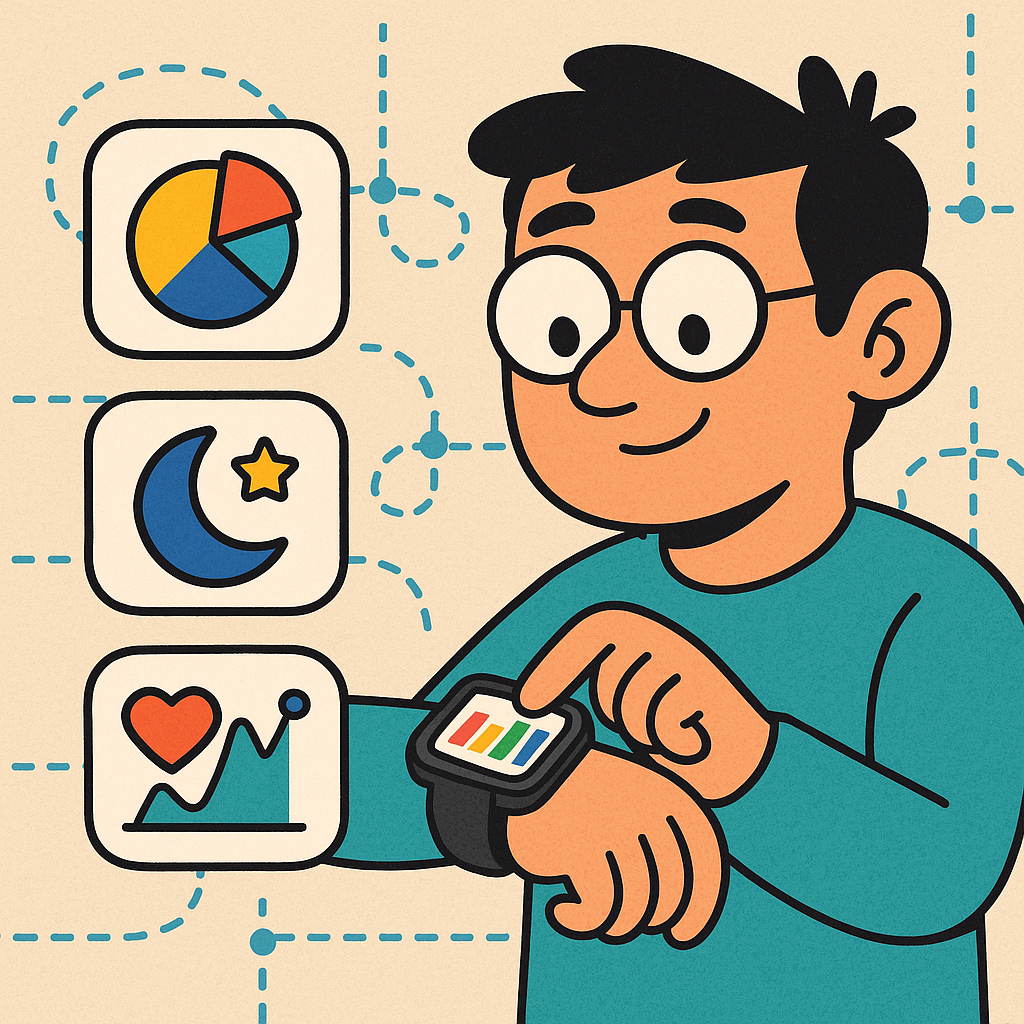In today’s fast-paced digital world, we’re constantly bombarded with information, from non-stop notifications to AI-generated content. The idea of “thinking with fewer inputs” — also known as cognitive minimalism — has emerged as a vital solution to mental overload. This modern discipline isn’t about withdrawing from information entirely, but about intentionally limiting inputs to regain mental clarity, focus, and creativity.

What Is Cognitive Minimalism?
Cognitive minimalism is the practice of intentionally reducing the number of mental inputs we allow into our daily routines. This doesn’t mean ignoring necessary information, but rather filtering out noise that clutters the mind and distracts from what truly matters. According to the “cognitive miser” theory, humans instinctively conserve mental energy by relying on shortcuts and avoiding complex thought processes unless absolutely necessary (Fiske and Taylor, 1991). Cognitive minimalism turns this trait into an advantage by creating mental space for deep thinking and innovation.
Why Cognitive Minimalism Is Gaining Momentum in 2025
AI Design Is Favoring Minimalism
Artificial intelligence interfaces, such as chat-based platforms and smart assistants, are increasingly minimal in design. This simplicity reduces cognitive friction, allowing users to focus more on interaction quality rather than interface complexity. Research shows that minimalist interfaces significantly improve usability and reduce mental fatigue (Built In, 2025).
The Need for Focus in a Noisy World
The average adult consumes more than 34 gigabytes of information daily, resulting in a fragmented attention span and decision fatigue. This surge in digital consumption has fueled the growing popularity of minimalistic thinking strategies. As people seek greater mental clarity, the shift toward cognitive minimalism provides a path to intentional focus (United Co, 2025).
Mental Health and Productivity Benefits
Studies indicate that limiting sensory and informational input can enhance concentration, reduce stress, and improve overall productivity. This approach aligns with wellness trends that prioritize balance over hyper-stimulation. Individuals report feeling more grounded and creative when engaging with fewer, higher-quality sources (Harvard Business Review, 2024).
Key Principles of Thinking With Fewer Inputs
1. Be Intentional With Your Sources
Only engage with information that adds clear value. Avoid automatic consumption. Curate what you read, watch, and listen to.
2. Limit Notifications and Alerts
Turn off non-essential push notifications. Schedule times to check messages or emails rather than reacting constantly.
3. Build Time for Deep Thinking
Set aside dedicated hours free from digital interruptions. Journaling, analog note-taking, or reflective walks are proven to increase insight generation.
4. Practice Mental Filtering
Before engaging with any new information, ask yourself: “Is this necessary, actionable, or inspiring?” If not, skip it.
5. Audit Regularly
Every week, review what media or inputs contributed to meaningful outcomes and discard the rest.
Practical Strategies to Reduce Inputs
Input Audit: Keep a one-week log of your digital intake. Evaluate which platforms and formats offer value versus those that cause stress or distraction.
Tool Minimalism: Use fewer, but higher-quality, apps or tools. Choose platforms that emphasize clarity and simplicity over features.
Content Diet: Replace fast content (short-form videos, trending feeds) with long-form reading or trusted industry reports.
Reflection Time: Reserve 30 to 60 minutes daily for device-free thinking. Use this time to strategize, ideate, or rest your mental processing system.
The Link Between Minimal Input and AI Use
AI platforms thrive on quality inputs. When humans are clear in thought, their prompts to AI tools are more effective and generate more valuable responses. A noisy mind leads to vague or misguided instructions, while a focused one creates direction and clarity.
Design trends in AI interfaces also reinforce this principle. Most AI tools now offer stripped-down environments that encourage clarity, not distraction. By using fewer, smarter inputs, individuals can leverage AI more effectively as a partner in creativity and productivity.
Final Thoughts: Thinking Clearly in a Complicated World
Cognitive minimalism is not about detachment—it’s about choosing your cognitive diet carefully. By reducing what we consume mentally, we gain more time for deep focus, strategic thinking, and personal growth. The fewer distractions we entertain, the more potential we uncover.
In an age where both humans and machines generate more content than ever before, clarity is the real superpower. Thinking with fewer inputs might be the simplest, yet most powerful upgrade for both our minds and our interactions with technology.
References
- Built In (2025) Minimalist AI Interfaces Reduce Cognitive Load. Available at: https://builtin.com (Accessed: 24 June 2025).
- United Co (2025) The Power of Digital Minimalism for Focus and Mental Health. Available at: https://unitedco.com (Accessed: 24 June 2025).
- Harvard Business Review (2024) Cognitive Load Theory and the Case for Less Input. Available at: https://hbr.org (Accessed: 24 June 2025).






